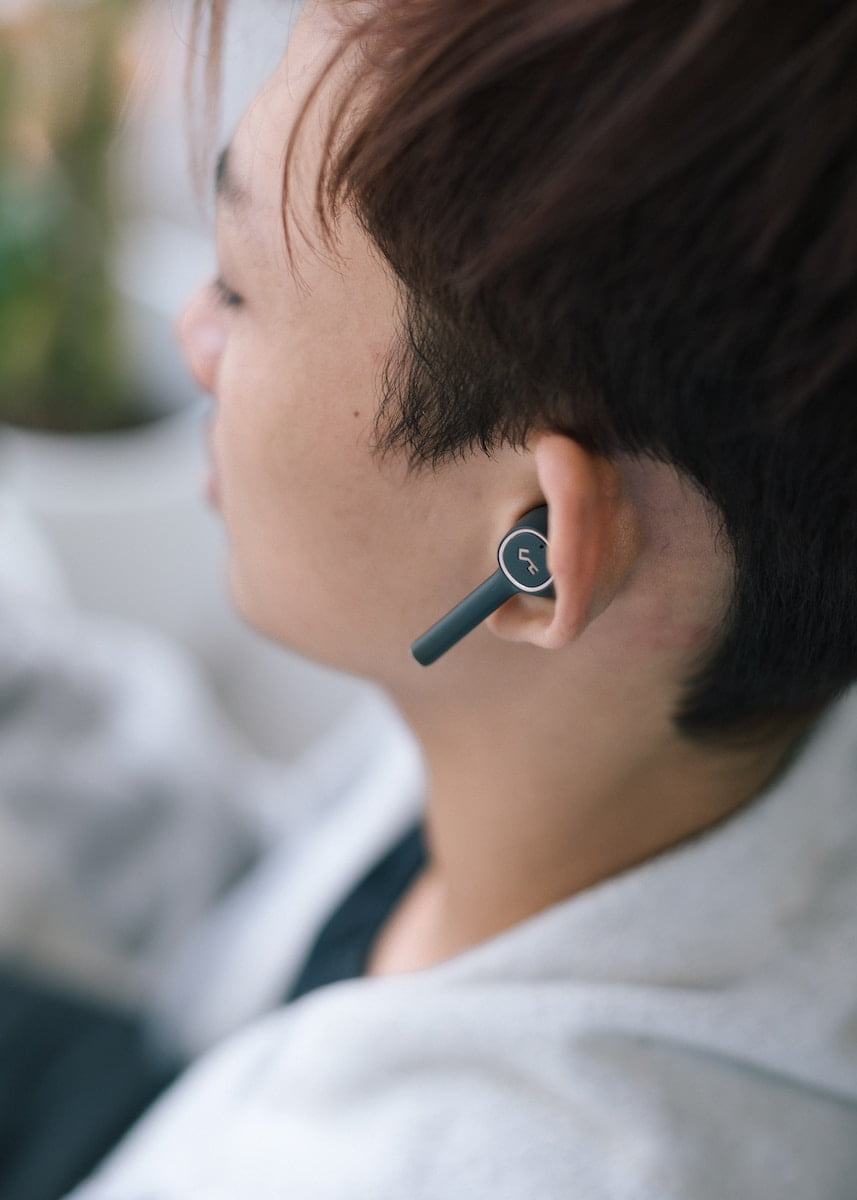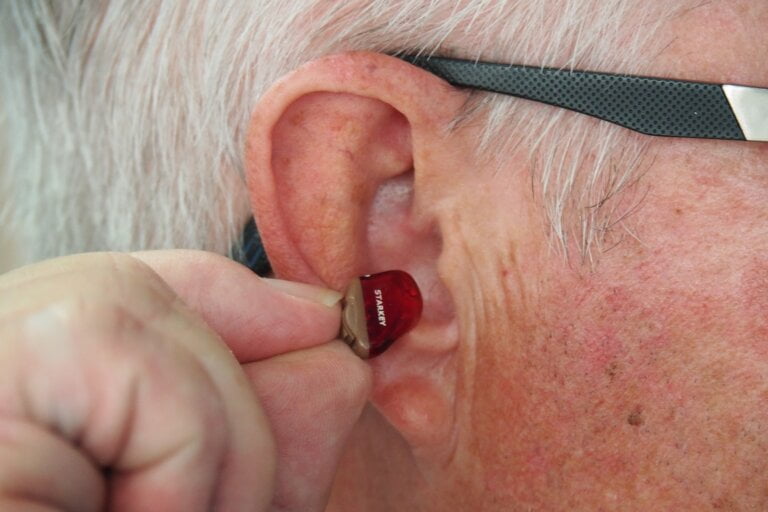Outer Ear Distress: Understanding Otitis Externa and Its Management
Otitis externa, commonly known as swimmer’s ear, is a condition that affects the outer ear canal. It is characterized by inflammation, redness, itching, and pain in the ear. Otitis externa is more prevalent in warm and humid climates as well as in individuals who frequently swim or engage in water activities. In this article, we will delve deeper into the causes, symptoms, and management of otitis externa.
Causes of Otitis Externa
Otitis externa is primarily caused by the infection of bacteria or fungi in the ear canal. However, other factors can contribute to its development, including:
- Excessive moisture: When water or excessive moisture remains trapped in the ear canal, it creates a favorable environment for the growth of bacteria and fungi. This can occur when swimming or taking showers without properly drying the ears afterward. It is important to tilt the head and gently pull the earlobe in different directions to ensure complete drying.
- Trauma or injury: Scratching the ear canal with sharp objects, such as cotton swabs or hairpins, can damage the skin and pave the way for infection. It is crucial to avoid inserting any objects into the ear canal, as they can further damage the skin and worsen the infection.
- Skin conditions: Certain skin conditions, like eczema or psoriasis, can affect the ear canal’s integrity, making it more susceptible to infection. It is important to manage these skin conditions effectively to reduce the risk of developing otitis externa.
- Chemical irritants: Exposure to certain chemicals, such as hair dyes or hair sprays, can irritate the delicate skin of the ear canal, leading to inflammation and infection. Minimizing exposure to these irritants can help prevent otitis externa.
- Foreign objects: Inserting foreign objects into the ear canal, like hearing aids, earplugs, or headphones, can disrupt the natural protective barrier of the ear, making it vulnerable to infection. It is important to use these objects carefully and follow proper hygiene practices to reduce the risk of otitis externa.
Symptoms of Otitis Externa
Recognizing the symptoms of otitis externa is crucial for early intervention and effective management. The common symptoms include:
- Ear pain: Otitis externa often causes significant ear pain, which can worsen when the earlobe is pulled or when pressure is applied to the tragus (a small, pointed piece of cartilage in front of the ear canal). The pain can be sharp and throbbing, making it uncomfortable for individuals to carry out their daily activities.
- Itching: Continuous itching inside the ear canal is a common symptom that accompanies otitis externa. The itching can be intense and persistent, causing frustration and discomfort.
- Redness and swelling: The infected ear canal appears red and swollen due to the inflammation caused by the infection. The redness and swelling can extend to the surrounding areas, making it visibly evident.
- Discharge: In some cases, otitis externa can cause a clear or yellowish discharge from the ear. This discharge may have a foul odor and can be accompanied by itching and discomfort.
- Hearing loss: Partial hearing loss or muffled hearing can occur as a result of the inflammation and blockage in the ear canal. This can affect an individual’s ability to communicate and may lead to difficulties in daily activities.
Management and Treatment
Proper management and treatment of otitis externa are essential to alleviate the symptoms and prevent complications. Here are some steps that can be taken:
- Keep the ear dry: After swimming or showering, it is crucial to dry the ear thoroughly. Tilting the head and gently pulling the earlobe in different directions can help remove any trapped water. Using a towel or a hairdryer on a low setting can aid in complete drying.
- Avoid inserting objects: Refrain from inserting any objects, such as cotton swabs or hairpins, into the ear canal, as they can further damage the skin and worsen the infection. These objects can push the infection deeper into the ear canal and cause more harm.
- Ear drops: Over-the-counter ear drops containing antibiotics or antifungal agents can be used to combat the infection. These drops can help reduce inflammation, relieve pain, and eliminate bacteria or fungi causing otitis externa. However, it is recommended to consult a healthcare professional before starting any medication to ensure proper diagnosis and treatment.
- Pain relief: Over-the-counter pain relievers, like ibuprofen or acetaminophen, can help alleviate the ear pain associated with otitis externa. These medications can provide temporary relief and should be used as directed.
- Prescription medication: In severe cases or when the infection does not subside with over-the-counter treatments, a doctor may prescribe stronger antibiotics or antifungal medications. These prescription medications are tailored to the specific needs of the individual and can help resolve the infection effectively.
- Avoid swimming: It is advisable to avoid swimming or immersing the ears in water until the infection has completely resolved. This helps prevent further moisture accumulation and reduces the risk of reinfection.
Prevention Measures
Taking preventive measures can significantly reduce the risk of developing otitis externa. Consider the following precautions:
- Dry ears properly: After water activities, use a towel to gently dry the ears, or use a hairdryer on a low setting to ensure complete drying. Pay special attention to removing moisture from the ear canal to minimize the risk of infection.
- Avoid irritants: Minimize exposure to chemical irritants, such as hair sprays or dyes, that can irritate the ear canal. These irritants can disrupt the skin’s integrity and increase the susceptibility to infection.
- Use earplugs: When swimming, using earplugs can help prevent water from entering the ear canal, reducing the risk of infection. Ensure that the earplugs fit properly and provide a tight seal to effectively keep water out.
- Maintain ear hygiene: Clean the outer part of the ear gently with a washcloth. However, avoid inserting anything into the ear canal. Cleaning the outer ear regularly helps remove dirt and debris, reducing the risk of infection.
- Keep ears protected: If you engage in water activities often, consider wearing a swim cap to keep excess water out of your ears. This provides an additional layer of protection and reduces the risk of otitis externa.
When to Seek Medical Attention
While otitis externa can usually be managed at home, certain situations warrant medical attention. Consult a healthcare professional if:
- The symptoms worsen or persist despite home treatment. This may indicate a more severe infection or the need for additional treatment.
- There is severe pain, swelling, or redness. These symptoms may suggest complications or a more advanced stage of otitis externa.
- The ear becomes warm to the touch or discharges pus. These signs can indicate a more severe infection and may require medical intervention.
- Signs of hearing loss or dizziness appear. These symptoms can be indicative of more significant damage to the ear and should be evaluated by a healthcare professional.
- You have a fever or experience other systemic symptoms. Systemic symptoms, such as fever, fatigue, or malaise, may suggest a more severe infection that requires medical attention.
Remember, seeking timely medical advice is crucial to prevent complications and ensure effective treatment.
In conclusion, otitis externa, or swimmer’s ear, can cause significant discomfort and affect daily life. Understanding its causes, symptoms, and management is vital for effective treatment and prevention. By following proper ear hygiene practices, taking necessary precautions, and seeking medical attention when needed, you can reduce the risk of developing otitis externa and enjoy a healthy and pain-free outer ear.
1. What are the common causes of otitis externa?
Otitis externa is primarily caused by the infection of bacteria or fungi in the ear canal. Other factors that can contribute to its development include excessive moisture, trauma or injury to the ear canal, skin conditions like eczema or psoriasis, exposure to chemical irritants, and inserting foreign objects into the ear canal.
2. What are the symptoms of otitis externa?
The common symptoms of otitis externa include ear pain, itching, redness and swelling of the ear canal, discharge from the ear, and partial hearing loss or muffled hearing.
3. How can otitis externa be managed and treated?
To manage otitis externa, it is important to keep the ear dry, avoid inserting objects into the ear canal, use over-the-counter ear drops containing antibiotics or antifungal agents, use pain relievers, and, in severe cases, consult a healthcare professional for prescription medication. It is also advisable to avoid swimming or immersing the ears in water until the infection has completely resolved.
4. How can otitis externa be prevented?
To prevent otitis externa, it is recommended to dry the ears properly after water activities, minimize exposure to irritants, use earplugs when swimming, maintain ear hygiene by cleaning the outer part of the ear gently, and keep the ears protected by wearing a swim cap during water activities.







